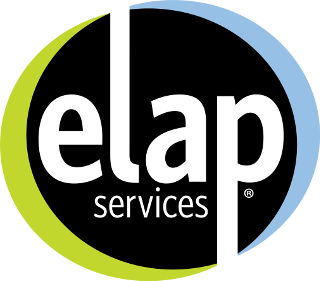While some brokers are apprehensive about exploring new health care options, brokers who embrace the movement before their competition can use it to their advantage.
Since 2008, the average cost of family health care premiums has increased 55 percent. Meanwhile, workers’ earnings have risen by half that rate. As a broker, premiums might not hurt your business directly, but they’re hindering your clients’ ability to thrive. Escalating health care costs cut into business profits, hurt employers’ chances of attracting and retaining employees, and rein in their plans for expansion.
After more than a decade of increases, employers are focusing on ways to lower health care costs without impacting coverage. This is drawing more and more employers of all sizes to creative health care approaches, which allow them to offer more flexible plans for their employees.
While some brokers are apprehensive about exploring new health care options, brokers who embrace the movement before their competition can use it to their advantage.
Employer health insurance on the precipice of change
For the last few years, health care costs have not only increased, they’ve grown more complicated. Patients use the media to audit surprise bills, and employers struggle to understand their higher premiums.
Employers seeking lower costs and more transparency need options beyond the traditional fully funded model. As a result, we’re seeing a greater adoption of self-insurance models. Self-funding opens the door to flexible options that make employer health plans more customizable for their workforce and business needs.
For self-funded plans, reference-based pricing can help take cost savings to the next level. With this model, the assessment and payment of medical claims is based on the provider’s actual cost to deliver the service, or by utilizing Medicare payment data as a benchmark for reimbursement. This solution opens the door to significant cost savings for employers that can be passed on to employees in the form of lower out-of-pockets or benefit programs.
Increasingly, organizations and state governments who use reference-based pricing are sharing their positive experiences. The solution has proven to deliver both immediate and long-term results that improve budget management, and can fuel growth and expansion.
Another model self-insured employers are exploring is direct primary care. In this scenario, they contract directly with specific primary care doctors, creating a network of health care providers for employees. Direct primary care can help employers get the most from a benefit plan while paying less. Research shows that direct primary care costs an average of $77 per patient per month. In comparison, another study found PPO plans cost $251 per patient per month on average.
In addition, employers striving to be health care activists for their employees have started rolling out “à la carte” options like onsite clinics and pre-authorization for drugs. Onsite health clinics in particular are a way to improve outcomes, manage costs, and increase productivity. A 2018 survey found that 33 percent of U.S. employers with over 5,000 employees offer general medical work site clinics, up from 24 percent in 2012. Another analysis revealed employers with onsite clinics experienced a 64 percent reduction in medical care costs.
Addressing clients’ pain points
It’s clear employers are more than ready for a health insurance change. And even if they haven’t asked for it yet, HR is no doubt crunching the numbers alongside the CFO to see what plans fit their financial and employee-health needs. That’s where you come in.
As consultants, it’s important to show your value to clients. A good broker will be prepared for whatever questions a client has. A great broker will present solutions to pain points before the client even asks for them. Undoubtedly, health care is a major pain point. As Warren Buffet says, “Medical costs are the tapeworm of American economic competitiveness.”
Companies rely on their broker for guidance, support, and ideas on how to stay competitive. Offering options like reference-based pricing or direct primary care demonstrates your expertise and your dedication to evaluating new plans for them. And whatever change your clients decide to make, they’re going to ask for your help in identifying what tools they need to successfully do so.
Employers’ health care costs continue growing
With no quick fix in sight that will contain the costs of American health care, the onus is on brokers to help employers make smart health care decisions.
To preserve client relationships, brokers need to be proactive and bring these viable and sustainable solutions to the table during plan reassessments. By helping your clients understand the shifting health insurance landscape, they will be able to make the best health care choice available to them.
And, thanks to you, it’ll be in the form of a desperately needed cost-containment strategy, giving them that extra bit of margin they need to grow their primary business — and their business with you.
Published 6/5/2019, BenefitsPro. View more: https://bit.ly/2ET815i
Blog
Explore the latest insights, articles and thought leadership from the health insurance experts at ELAP Services.








